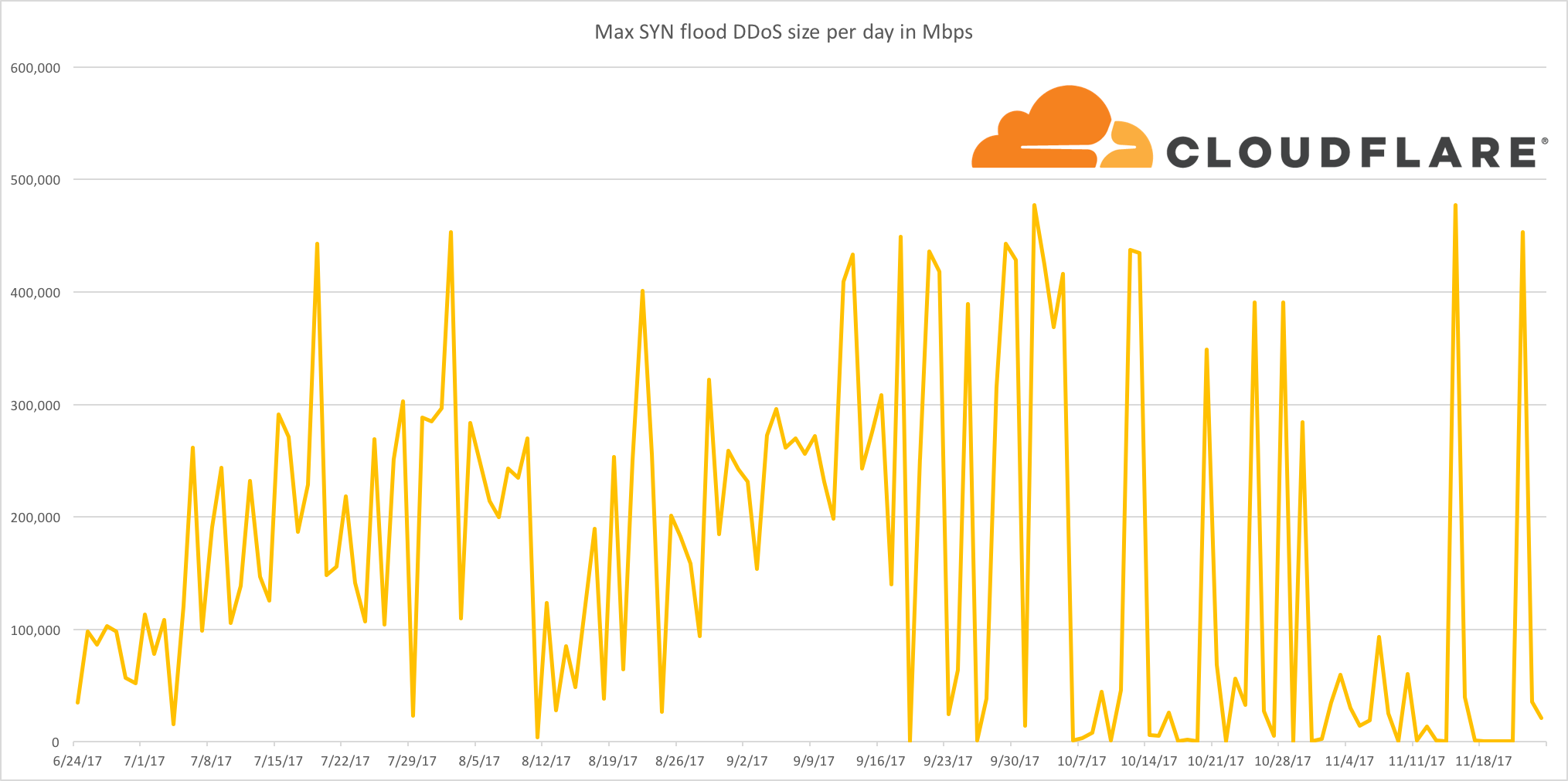Docker Enterprise Edition Fuels Channel Success in 2017
The past year has proven to be one of rapid customer growth and traction in the enterprise. The channel is a fundamental part of our achievements to date and we are grateful for all of the dedicated partners involved in taking container technology mainstream. We now have hundreds of the largest enterprises as customers and we look forward to driving even greater adoption in the coming year alongside our partners.
With 2017 coming to an end, here’s a quick look back at channel achievements from this past year:
- Driving partner enablement and success: Our partners have built highly-successful and profitable business models around Docker Enterprise Edition and accelerated their customers’ digital transformation initiatives in doing so. The Docker Partner Program and our recently updated Partner Portal provide partners with the resources, training and the joint selling success stories needed to identify, fulfill and capitalize on strategic enterprise opportunities to build a Docker Practice.
- Setting our partners up to demonstrate immediate ROI: The Modernize Traditional Applications (MTA) program represents a fast and easy way for partners to get customers up and running with Docker. The value for partners: MTA engagements are yielding 10X in Services and 7X in Continue reading


 The 5G NR specification is a stepping stone on the path to a global 5G standard.
The 5G NR specification is a stepping stone on the path to a global 5G standard.
 Some organizations are taking the forklift approach too literally.
Some organizations are taking the forklift approach too literally. Google encrypts all data at rest and in transit by default.
Google encrypts all data at rest and in transit by default. The RAN is the most expensive part of the network.
The RAN is the most expensive part of the network.  Operators need reliable tools to discover, visualize, and explore multi-layer topologies and inter-connections.
Operators need reliable tools to discover, visualize, and explore multi-layer topologies and inter-connections. The company sees strong container interest, though production workloads continue to lag.
The company sees strong container interest, though production workloads continue to lag.